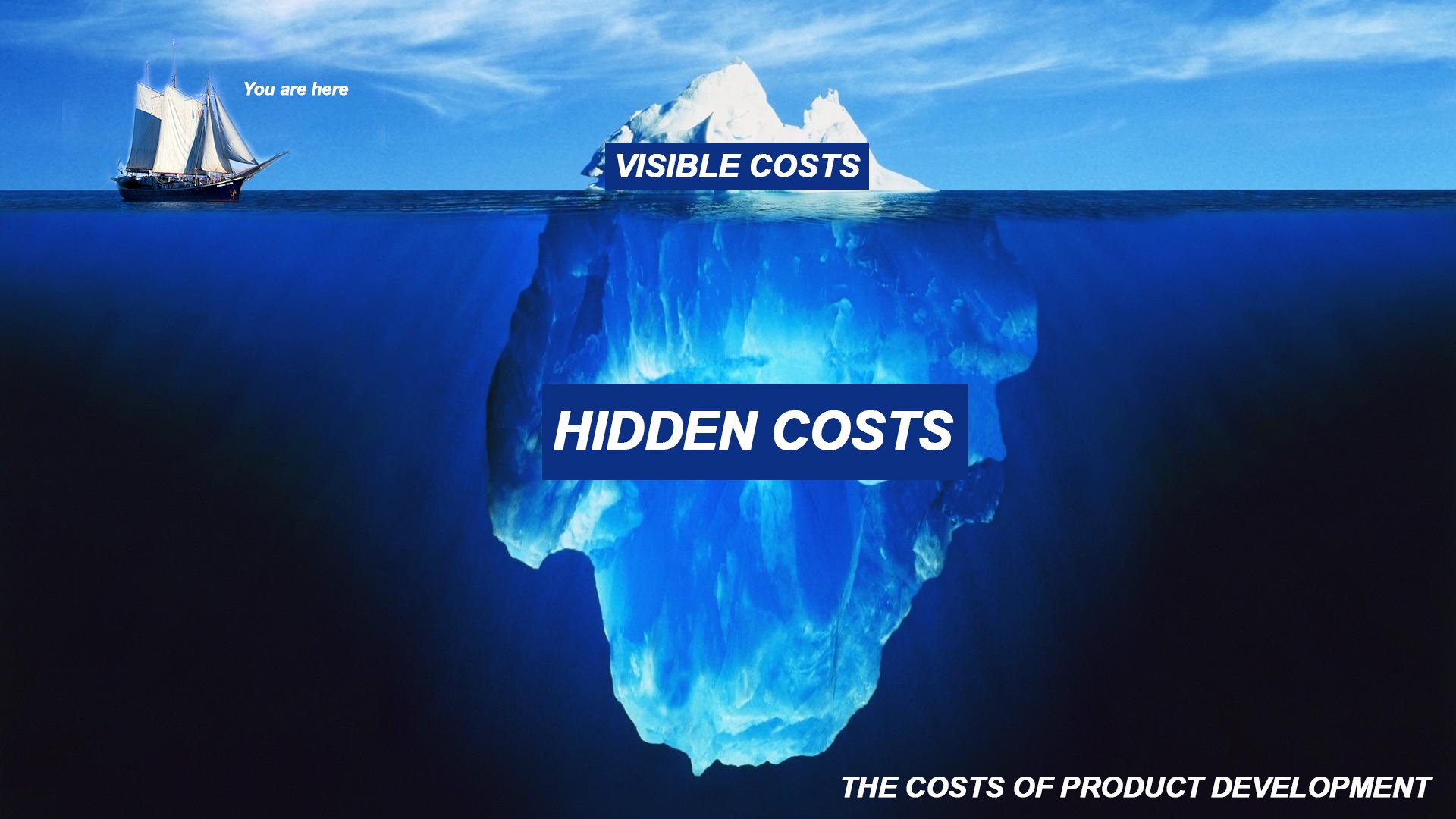
 Bringing a new product to the market is a very nuanced and complicated task no matter how you dice it up. Modern technology has certainly made it easier, but the process is generally the same: create something, make it, try to sell it, modify and repeat.
Bringing a new product to the market is a very nuanced and complicated task no matter how you dice it up. Modern technology has certainly made it easier, but the process is generally the same: create something, make it, try to sell it, modify and repeat.
The costs of creating something. Engineers are generally the ones responsible for creating a product. Depending on what the product is, you could have industrial designers, mechanical engineers, electrical engineers, and software engineers. There are other specialties as well, but most products require these as the core.
Engineers are generally well educated and skilled individuals. People with this kind of expertise usually earn an excellent income. So there is a large human cost to product development. And it takes a lot of time, especially if you want it done right.
The costs of making it. Now that the design engineers have created and developed the product, it needs to be made, and you want it made in mass. While the engineers above could certainly make your product, it would not be cost effective. Therefore, we need more engineers and resources to reduce the product cost by engineering the complexity out of the manufacturing process. Only then can lesser skilled labor and machines manufacture your product and reduce overall costs. This can range from robot automation, to creating tools to stamp steel or injection molding plastic, to documentation for an assembly work station. This is all before you actually make the first production part. This is one of the single most misunderstood costs in product development. Then you have to actually produce it, which then requires additional raw materials (read costs) for your tools and your assemblers to actually produce the parts and products you need.
The cost of selling it. You’ve invested money into the engineering and the production. Now I am sure you did not want to fill your garage with copies of your product. You want to sell it. While there are many ways to sell your product, almost none are free. Whether it is traditional advertising, a pay per click campaign, or a crowdfunding platform, they all cost money. It will also take a lot of your time, or at least a lot of someone’s time. Factor that in.
The hidden costs. Ah, the unknown unknowns. This is why you go to experts. If you are starting a company, you may have regulations that you need to adhere to. For any electrical product you develop, you need to consider the FCC regulations. If you plan to sell into a big box store, you may need to adhere to a UL specification. Do you want to sell into Europe? You need CE specification. Does your product have Bluetooth? You’ll need to join their consortium. There are all sorts of hidden costs you may need to consider when selling and marketing your product. Some are governmentally mandated; some are industry specific. Research your industry and consult with experts to learn what these hidden costs are so you can plan for them.
The single biggest problem startups and inventors have is not understanding these costs. It is very common to look at a product on the market that costs $10 and expect that it can be designed and made for $1000. A single, simple plastic part can have a tooling cost of $5000 or more, and that is before the engineering or selling part. A good example is a home coffee maker you can buy for $100 (a nice one). It may have cost the company upwards of $500,000 to get the first one to the store shelves. They only make their money back because they are going sell 100,000 of them. You can see quickly here how volume plays a major role in what a product costs. Investigate and understand the costs of product development, then proceed accordingly.
Please check out my other blog posts Engineering Design Based on Volume and The Missing Link Between Prototype and Production for more information.
